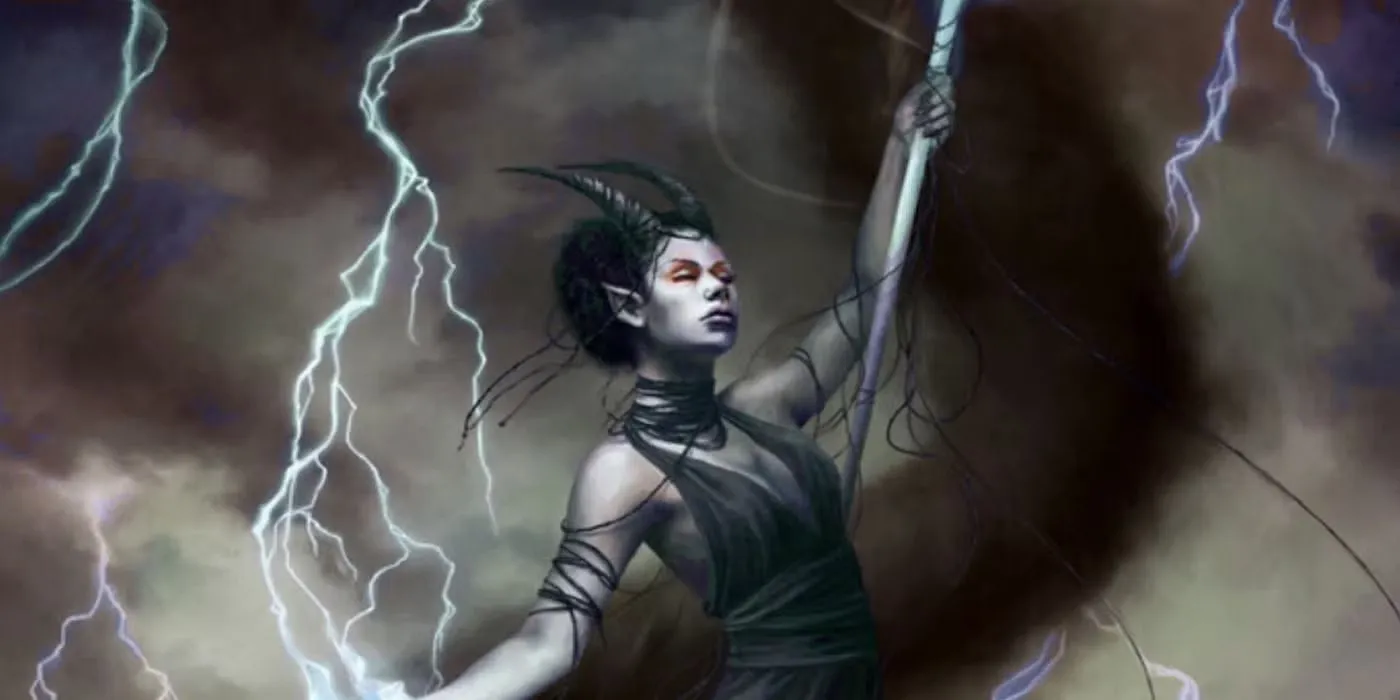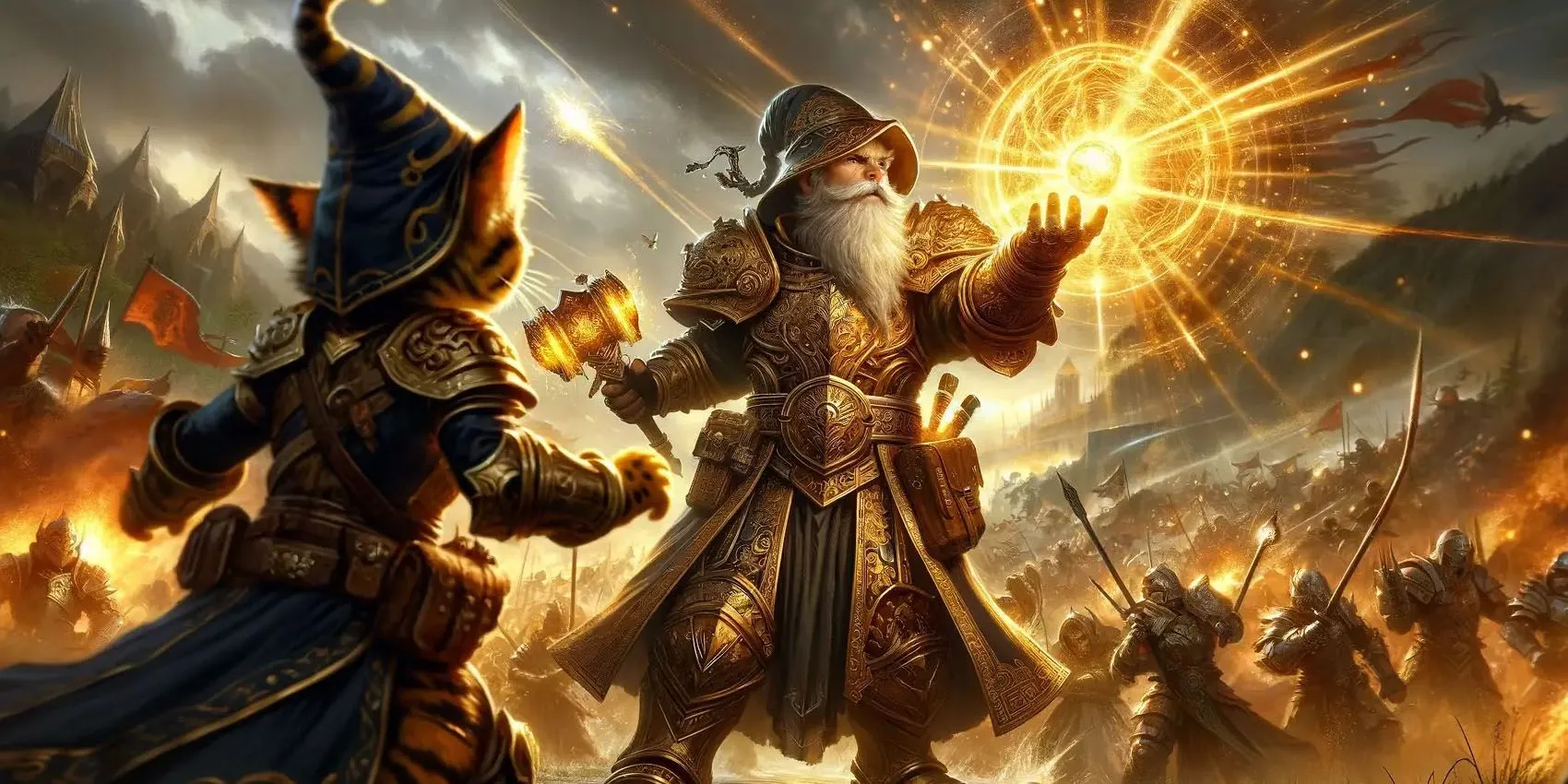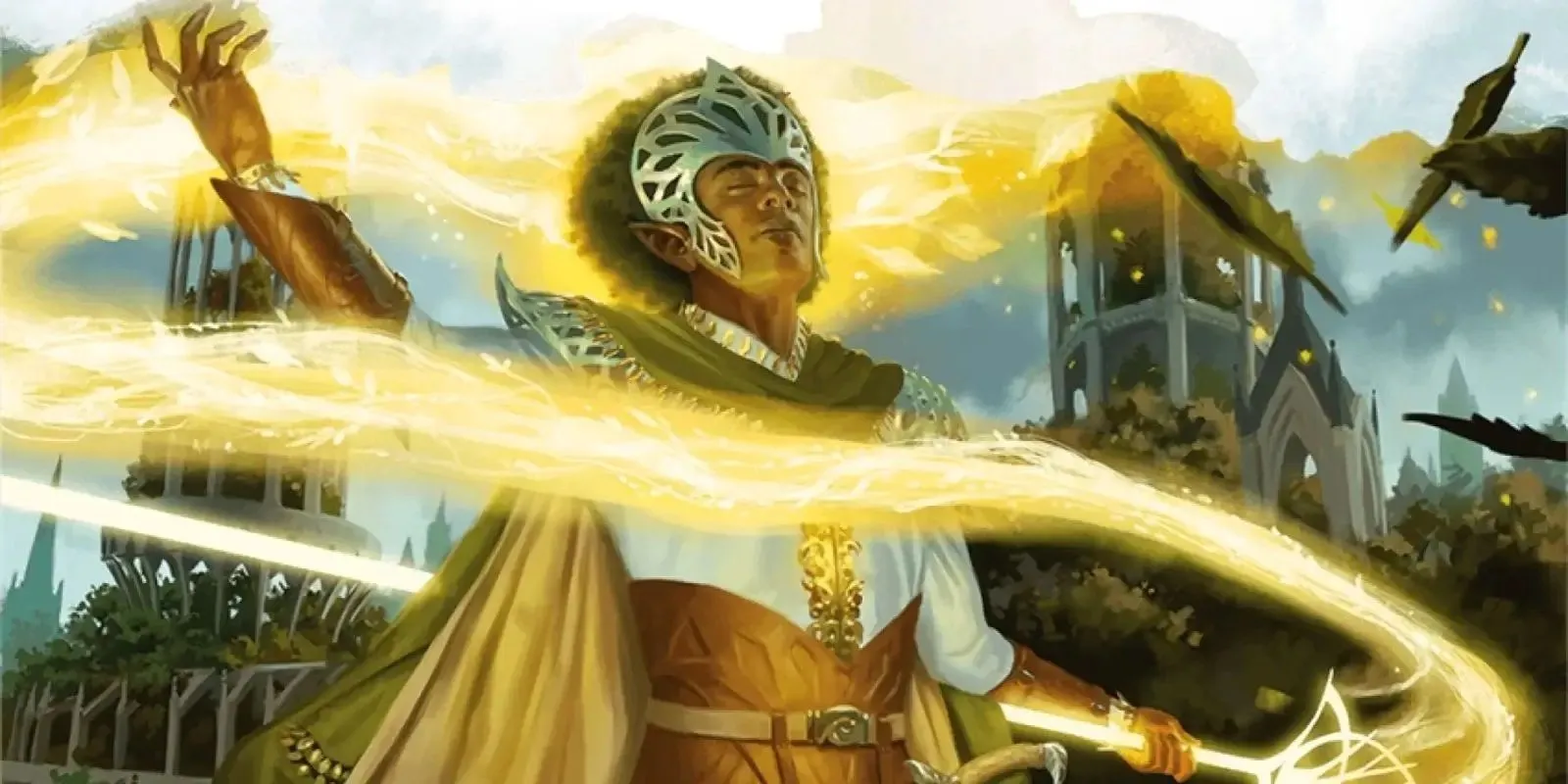
In the multifaceted world of Dungeons & Dragons, Clerics transcend the traditional roles of healers and medics. Initially, they were introduced as the first class to wield the Cure Light Wounds spell, but they have progressively evolved through various editions and sourcebooks into formidable figures on the battlefield. Clerics are proficient in a variety of weapons, armor, and shields, enabling them to engage enemies effectively. Furthermore, both the core Cleric spell list and many Divine Domains are tailored to enhance their offensive capabilities, positioning a Cleric more as a divine spellcaster akin to a wizard than solely a protector.
To fully utilize a Cleric’s potential, it’s essential that the player embodies an adventurous spirit, ready to engage in battles. As a Dungeon Master (DM), you can enhance their experience by encouraging tailored narrative choices during session zero. This not only allows their character to shine but also fosters a deeper connection throughout the campaign. A player relegated to the role of a mere healing accessory risks losing interest in both the storyline and the group dynamic. In addition, it’s crucial to educate the party about the significance of short rests and strategic potion use.
Maximizing Clerics’ Offensive Potential
Combat-Focused Deities



Establishing a Cleric’s religion or Domain is pivotal for a strong melee or spellcasting Cleric. Deities like Gruumsh and Hextor thrive on combat and expect their Clerics to don heavy armor and adeptly wield powerful weapons. Aiming for protective roles, nature deities such as Tlaloc and Obad-Hai may guide their Clerics to master elemental forces like lightning and storms to safeguard natural domains.
Utilizing Channel Divinity effectively showcases a Cleric’s offensive nature. For example, the Death Domain amplifies melee attacks with Necrotic damage, bypassing resistance at elevated levels. Alternatively, players who enjoy spellcasting may find that an 8th-level Arcane Cleric can significantly augment their cantrip damage.
Even for those Clerics who emphasize support, the spell list is abundant with opportunities for inflicting damage and debuffing foes. Starting with Sacred Flame, which delivers 1d8 fire damage targeting Dexterity saving throws, and as spell levels advance, effects like Blindness and Silence can effectively neutralize multiple opponents. Among the most formidable Cleric spells is Fire Storm, which unleashes 7d10 fire damage over various 10-foot cubes.
Exploring Healing Alternatives Among Classes
The Value of Incorporating Alternative Healers



While relying solely on potions may lead to a skewed healing approach, there are many reliable alternative healers in Dungeons & Dragons. The Bard class, for instance, can utilize powerful recovery spells such as Healing Word and benefit from various magic items. Additionally, with abilities like Song of Rest, Bards can maximize the efficiency of Hit Dice usage. Druids also stand out as excellent support characters, able to mitigate damage through spells like Sleet Storm and Wall of Stone while sharing a considerable part of the Cleric’s healing spells.
Subclasses significantly influence a character’s role as a healer within Dungeons & Dragons. For instance, a Druid with the Circle of Dreams gains access to numerous emergency healing options. The Balm of Summer Court allows them to heal xd6+1 temporary hit points equal to their level per long rest and reposition allies up to 30 feet as a bonus action. Similarly, a Celestial Warlock offers Healing Light, providing temporary hit points to themselves and up to five allies, although lacking the additional bonus from the Druid feature.




Leave a Reply